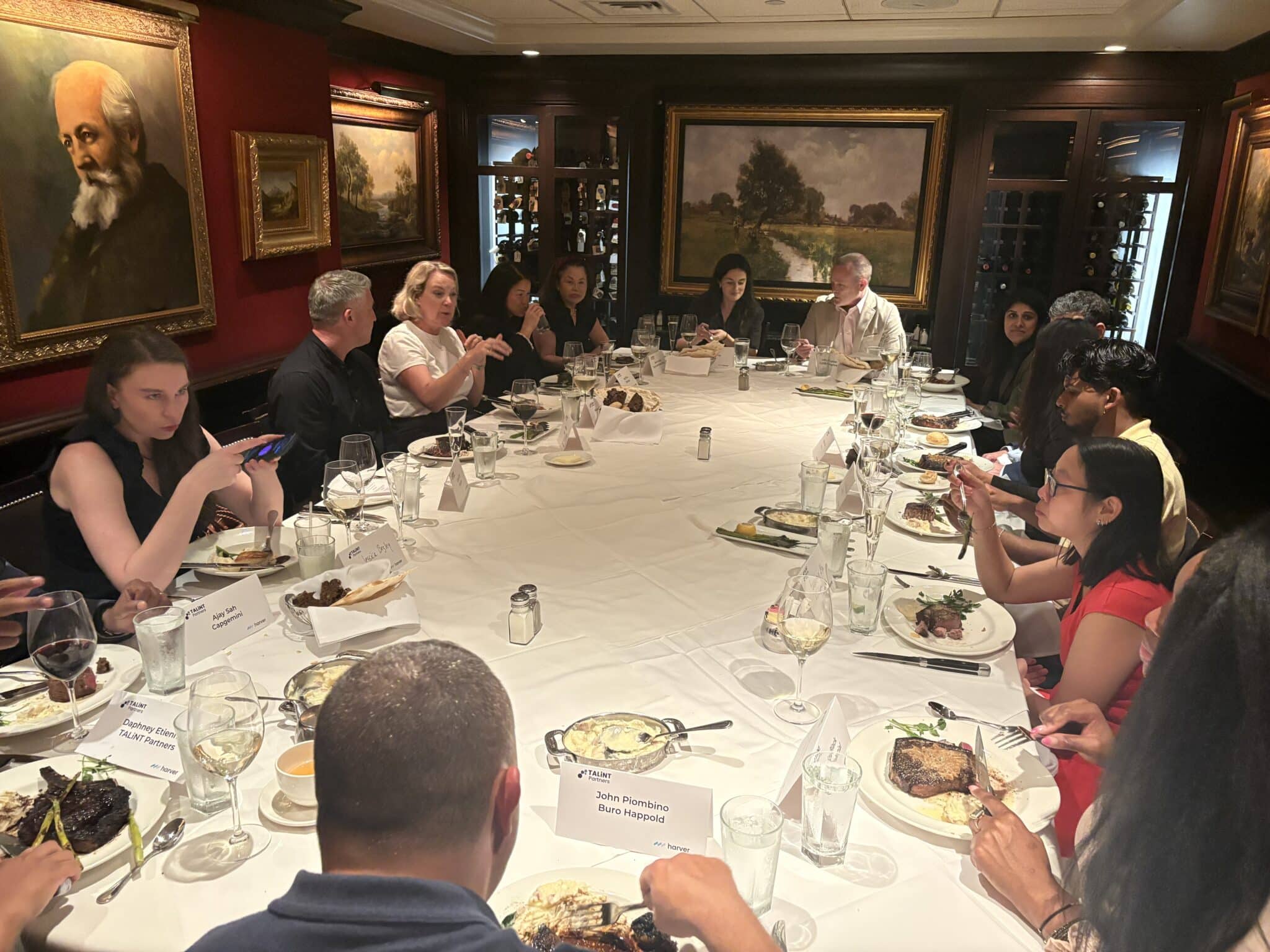Executive women leaders are gaining recognition and value in the workplace, but significant challenges remain, especially in male-dominated industries. Our focus is on empowering executive women leaders to overcome these obstacles and thrive.
Karlie Cremin, managing director of Dynamic Leadership Programs Australia (DLPA), is deeply familiar with these challenges. For her, promoting and empowering women in executive roles is both a professional mission and a personal passion.
“When we first developed our leadership programs, the female representation in the construction industry was 1%. Thanks to various government policies, that figure has risen to 15% today. We also have women in 20% of CEO roles and 30% of executive roles across all industries.”
Despite these gains, Cremin notes that with women making up 50% of the workforce, more effort is needed to address the disparity in executive roles. To this end, DLPA is relaunching its 12-month Women in Leadership program to equip the next generation of female leaders with the skills, acumen, and resilience needed to succeed.
Empowering Women for Leadership Success
The DLPA Women in Leadership program, running since 2014, has evolved to reflect changing expectations and leadership styles.
Initially, the focus was on molding female leaders to fit a traditionally male mold. Today, there is a greater appreciation for the unique perspectives women bring to the table, and the emphasis is on empowering women to lead as well as confidently engage with their distinct approaches.
“Some of our key topics like communication and negotiation are evergreen, but the environment has changed,” Cremin says. “We’re no longer talking about how you can make a woman negotiate like a man. It’s about how we can all have a richer experience by having competent women leaning into exactly who they are.”
The program covers topics such as personal leadership branding, communication, negotiation, and conflict resolution. It begins with a two-day intensive learning session, followed by workshops, one-on-one coaching, and webinars over 12 months. Participants are grouped into cohorts of up to 20, allowing for tailored workshops each quarter.
“We’ll have core modules on leadership, establishing yourself as a credible voice and authority within your organisation, and positioning yourself for leadership roles,” Cremin explains. “For the smaller cohorts, we have 165 modules to choose from, tailored to the needs of the group.”
The 2024 program features TV and radio personality Ita Buttrose as its ambassador, with former Prime Minister Julia Gillard joining a virtual session on leadership and resilience on April 30.
Buttrose looks forward to sharing her experiences with aspiring female leaders and encourages them to use the program as a stepping stone towards their career goals.
Breaking Down Barriers
While organisations have made strides in diversity, such as addressing the gender pay gap and increasing representation of women in leadership, Cremin emphasizes the need for structured support beyond just meeting targets.
“Some government policies have been helpful, but they can also lead to women being placed in roles without addressing the underlying cultural issues that kept them out of those roles in the first place,” Cremin says.
“There are assumptions that childcare responsibilities are the biggest barrier, but the reality is more complex. Our programs focus on supporting women into leadership roles and ensuring they thrive once there.”
Cremin highlights the goal of creating environments where women can succeed, beyond just meeting KPIs.
Achieving Long-Term Goals
The Women in Leadership program caters to women at all levels, from aspiring leaders to established CEOs.
Cremin notes that without proper support, leadership can be a lonely and overwhelming journey. DLPA aims to provide a supportive peer network to help women develop long-term skills and habits.
“We’ve seen participants from 2016 who started as emerging leaders now thriving at executive levels,” Cremin concludes. “It’s amazing to hear about their success and how they’re passing on the tools they learned to others in their organisations.”





